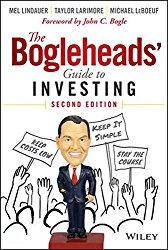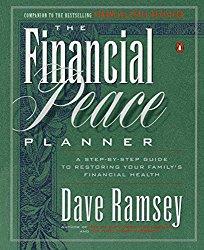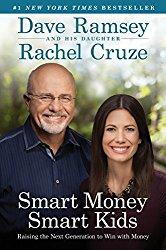The goal of retirement savings is to ensure you have enough saved to replace your income in retirement without needing to spend the principal, or at least without spending all of the principal during one's lifetime. In retirement in general, I would advise being invested mostly in a diversified portfolio of stocks and bonds with 5-10 year's worth of expenses kept in a money market account. This would provide growth to account for inflation while also providing security against the ups and downs of the market.
A good rule-of-thumb is that one can expect to be able to spend about 8% of the value of one's retirement accounts each year without decreasing the principal. The reason is that stocks can be expected to return 10-15% over the long-haul. If 8% is extracted each year, that leaves between 2 and 7% to make up for inflation.







Note that one could get a little more sophisticated in the timing of withdrawals from the investment portion. This would be done by not selling stocks and allowing the cash reserves to decrease (down to about the five-years' worth of expenses level) when the market returns less than 10% in a year, and selling additional stock, raising the cash level up towards the ten years' worth of expenses level, in years when the stock market returns more than 15%. On years when market returns are in the 10-15% range, only enough shares would be sold to maintain the current amount of cash. This is a good way to deal with the non-uniform returns of the market, allowing one to sell when the prices are high and hold when the prices are low.
So, how much should be saved to get to this level? If one starts out early (in one's twenties), a savings rate of about 10% of gross income will be sufficient. Starting later in life, in one's thirties, that amount should be increased to the 15% range. The increase is needed because one has lost a lot of the effects of compounding. ($1 over 45 years will double about seven times, resulting in an increase of $128 per dollar invested, while $1 over 25 years will only double about five times, resulting in an increase of only $32 per dollar invested). If one does not start saving until one is in one's late forties or fifties, as much as possible should be saved because one would need to basically save most of the money directly (on the order of $1 million dollars).






Magazines from Amazon

Note that these percentages do not take into account employer matches on 401k's and so on. To be conservative, it is best to ignore these and just save the extra anyway. In that way if the employer decides to stop matching it will not be necessary to come up with the difference. Because one tends to spend up to the limit of disposable income, increasing retirement savings is not an easy task. One needs to put retirement savings into the plan before Netflix and cell phone companies start calling.
Note also that retirement savings should come before saving for children's college. They can get scholarships and financial aid, attend a less expensive college, and/or work their way through college. If this sounds harsh, you can ask them if they would prefer to go to Harvard and then support mom and dad in retirement or go to the state school and let mom and dad take care of themselves.
So what about Social Security? Well, unfortunately I would not count on any Social Security income in twenty to thirty years. The program is already spending more than is taken in and all of the money sent in before has already been spent (remember the $200 hammer?). It is likely that benefits from that program will continue to decrease, both in the raising of the retirement age and decrease in monthly payments
The best people can do is to resist the drive to push contributions for that program higher. Americans are already putting about 15% of their incomes into the program, meaning that one needs to save about 25-30% of one's income for retirement when only 10-15% would be needed if the money stayed with the individual (or the money were truly segregated and invested to get market returns). If contributions were raised to 25% of income or more, it is unlikely anyone would be able to save on their own. Living on Social Security, at $1500 per month, would then be the new, unattractive norm.






Have a burning investing question you'd like answered? Please send to [email protected] or leave in a comment.
Disclaimer: This blog is not meant to give financial planning or tax advice. It gives general information on investment strategy, picking stocks, and generally managing money to build wealth. It is not a solicitation to buy or sell stocks or any security. Financial planning advice should be sought from a certified financial planner, which the author is not. Tax advice should be sought from a CPA. All investments involve risk and the reader as urged to consider risks carefully and seek the advice of experts if needed before investing.Follow on Twitter to get news about new articles. @SmallIvy_SI
